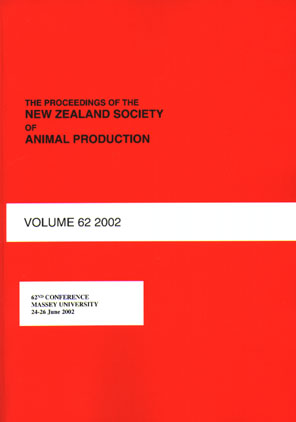Abstract
Feral pigs and wild deer often have the highest local prevalences of bovine tuberculosis (Tb) of any of the wild animal species present in infected areas. Despite this, pigs have long been regarded as ‘spillover’ hosts that become infected mainly by scavenging infected carrion, rather than by transmission from other pigs. Deer, in contrast, appear capable of independently sustaining the disease when their densities are high, but not when they are low. Most infection in wild deer in New Zealand also appears to be spillover infection. As spillover hosts, both pigs and deer have the potential to be used as sentinels for identifying when and where Tb occurs in local possum populations. Within the constraints of local availability, pigs appear to be potentially more valuable as sentinels than deer.
Proceedings of the New Zealand Society of Animal Production, Volume 61, Christchurch, 64-67, 2001
| Download Full PDF | BibTEX Citation | Endnote Citation | Search the Proceedings |

This work is licensed under a Creative Commons Attribution-NonCommercial-NoDerivatives 4.0 International License.

